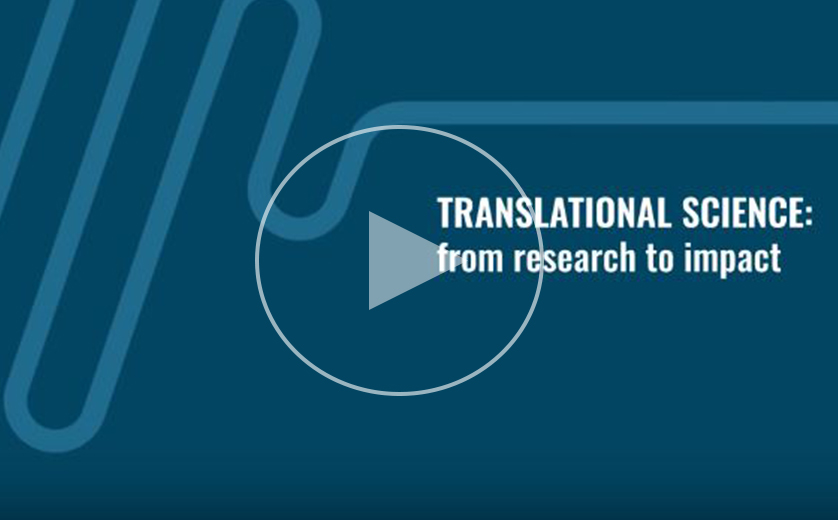Scientists and researchers face an ongoing quandary: How can they demonstrate the health and societal benefits of their work to the world at large in an impactful way? Clinical and translational researchers run studies with human participants. They then take those findings and develop techniques and tools to address critical needs in society. More and more, scientists are deeply invested in moving research from discovery to implementation.
The Institute of Clinical and Translational Sciences (ICTS) and the Center for Public Health Systems Science (CPHSS) at the Brown School, in partnership with the Bernard Becker Medical Library at the School of Medicine, have launched a new website featuring the Translational Science Benefits Model (TSBM), a framework for assessing the health and societal benefits of clinical and translational science.
In an increasingly competitive budgetary environment, the framework seeks to help researchers, administrators, and policymakers measure the impact of their work in four distinct domains with 30 tangible benefits:
- Clinical – new biomedical technologies and therapeutic procedures
- Community – health education resources and improved access to care
- Economic – increased cost effectiveness and new commercial entities
- Policy – new legislation and policies
The website includes explanations of the framework, resources and guidance on how to use the indicators, and case studies that show the path from research to real-world impact. TSBM has been used successfully in case studies to prevent pregnancy and HIV, treat Wolfram Syndrome, and improve diagnoses of Kidney Cancer and Creutzfeldt–Jakob Disease.
“We hope the TSBM can serve as a bridge between scientists and the community,” said Brown School Professor Doug Luke, who serves as director of tracking and evaluation at ICTS and director of CPHSS. “We want to remind scientists of the societal value of the work they do and encourage community partners to stay engaged with clinical and public health research.”
